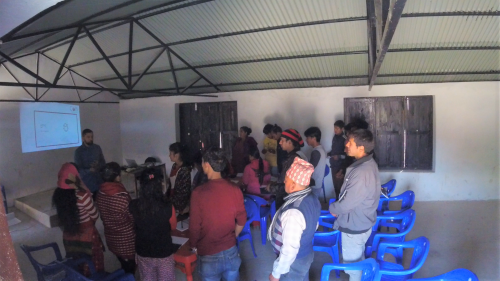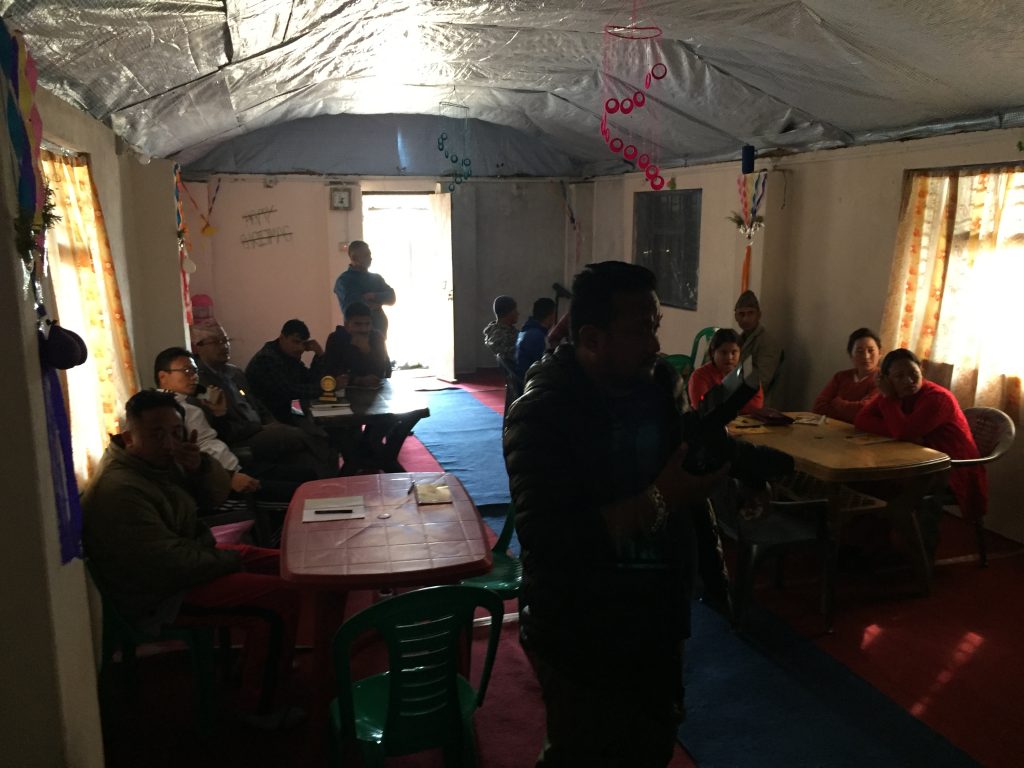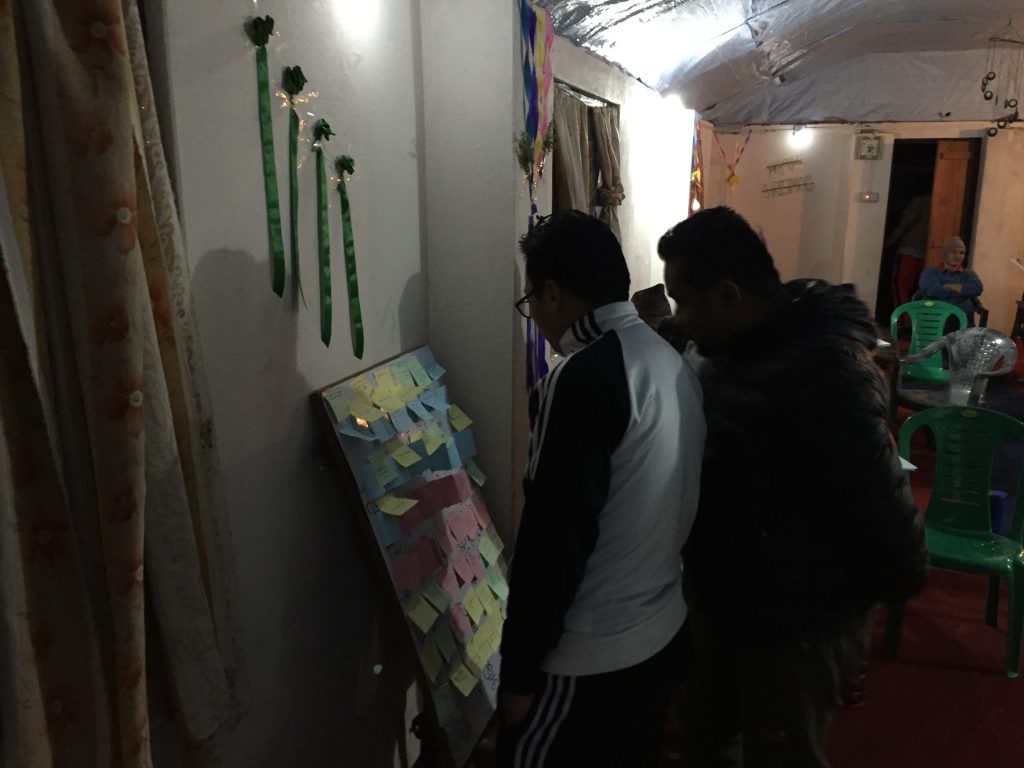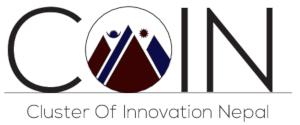DESIGN THINKING
Design Thinking is an iterative process in which we seek to understand the user, challenge assumptions, and redefine problems in an attempt to identify alternative strategies and solutions that might not be instantly apparent with our initial level of understanding. At the same time, Design Thinking provides a solution-based approach to solving problems. It is a way of thinking and working as well as a collection of hands-on methods.
Design Thinking revolves around a deep interest in developing an understanding of the people for whom we’re designing the products or services. It helps us observe and develop empathy with the target user. Design Thinking helps us in the process of questioning: questioning the problem, questioning the assumptions, and questioning the implications. Design Thinking is extremely useful in tackling problems that are ill-defined or unknown, by re-framing the problem in human-centric ways, creating many ideas in brainstorming sessions, and adopting a hands-on approach in prototyping and testing. Design Thinking also involves ongoing experimentation: sketching, prototyping, testing, and trying out concepts and ideas.
DESIGN THINKING PROGRAMS CONDUCTED
1st Design Thinking Programme of Nepal Conducted by Cluster Of Innovation Nepal at Ramja Village, Parbat
An 8 Hours Session held with a total number of participants of 16 people.
Programme organized by Ramja Youth Club
Programme prepared and presented by Poojan Timilsina


2nd Design Thinking Programme of Nepal Conducted by Cluster Of Innovation Nepal at Ilam Municipality, Ilam
6 Hours Session held with a total number of participants of 21 people.
Programme organized by Vaalu Dhunga Development Association
Programme prepared and presented by Poojan Timilsina


